Today we’ve got an article that provides an answer for all the young soccer fans out in the world.
You see, kids that love watching or playing the sport are typically curious to know about some of the finer details of the game.
And one question that generally comes up a lot of the time is whether a soccer ball is spherical in nature.
The reason for this is actually quite simple.
When you learn about all the different two-dimensional and three-dimensional shapes that exist for the first time, you tend to want to map the theoretical concepts with real-life practicality.
Now with that explained, let’s get back on topic…
Soccer balls are spherical in shape, as they identify as truncated icosahedrons under the polyhedral family tree. Their roundness ensures the retention of their structural integrity and bounce uniformity when kicked.

Want to test your knowledge on soccer ball care?
Take the quiz by clicking the button below and see just how informed you truly are!
Note - You'll need to enter your email address to see the final results.




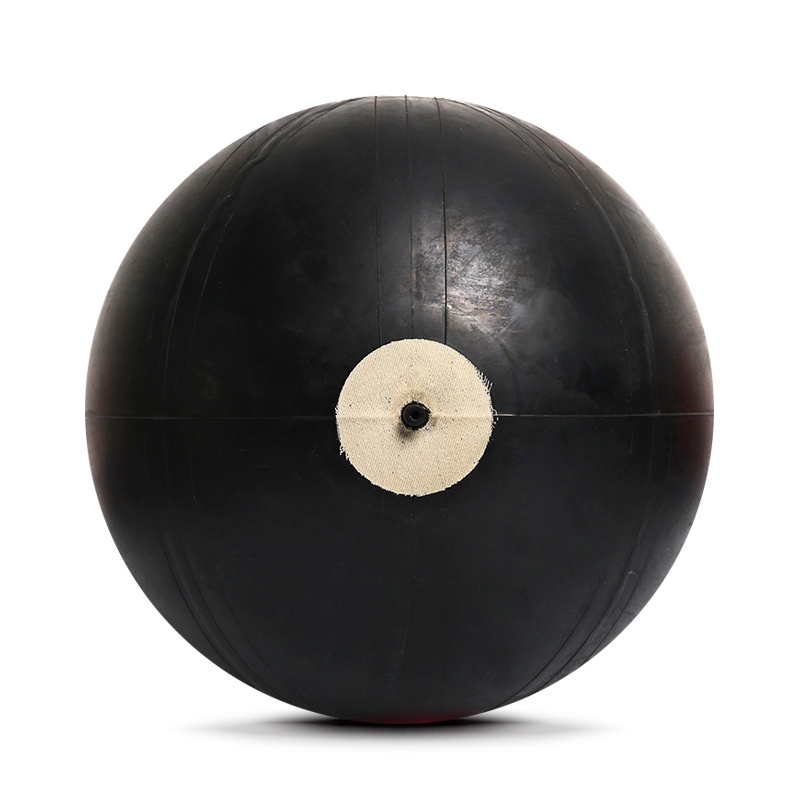

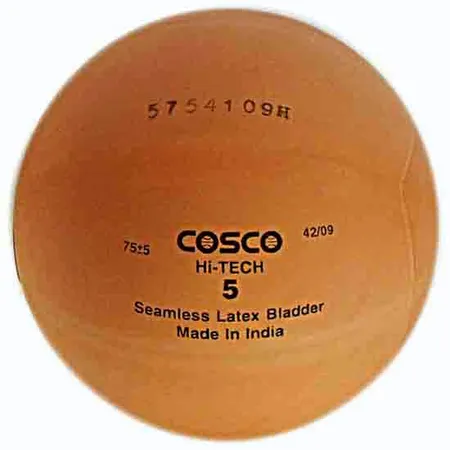



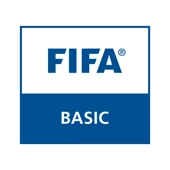





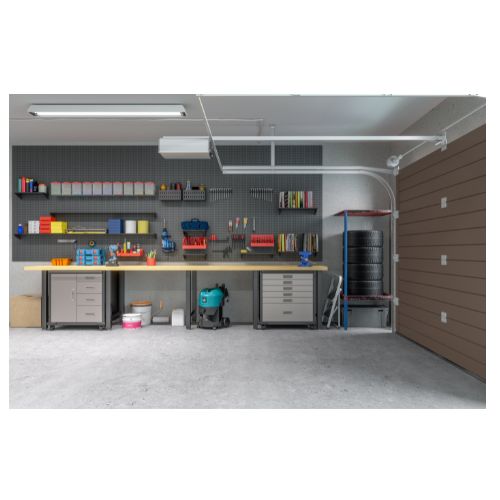
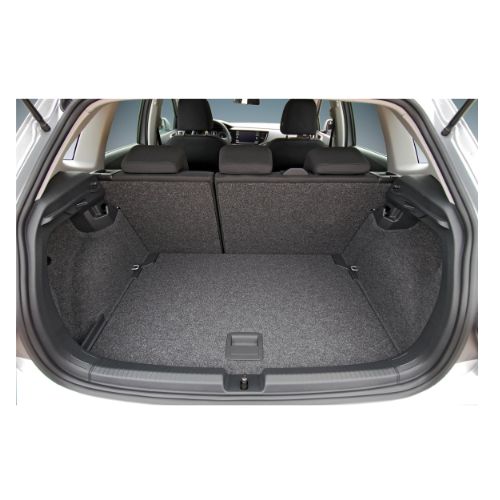
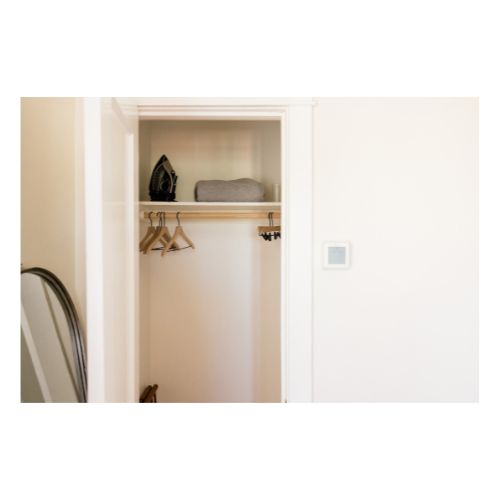

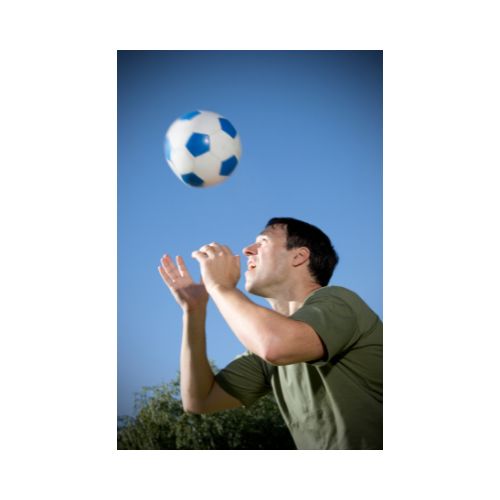
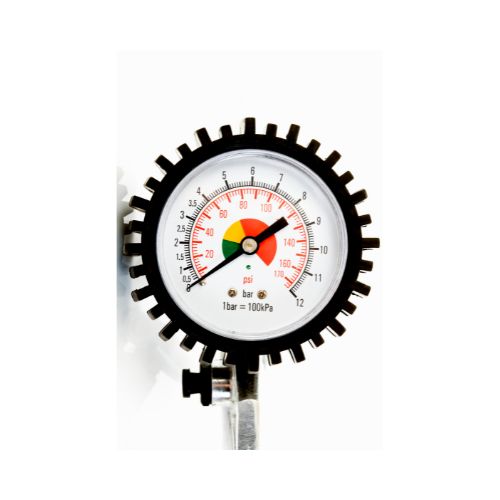


They consist of a number of pentagonal and hexagonal elements that neatly combine to create the final structure.
But why are they designed in this way?
Read on to find out!
Why is a soccer ball a sphere?
A pretty good follow up question to ask is why soccer balls are spherical.
Well, there are two main reasons why and I’ll now explain them.
1. FIFA specifications

The world football governing body has to regulate how the sport is played on a global scale by standardising game components across the board.
After all, if strict soccer regulations never existed, you’d probably find people kicking a basketball on a soccer pitch or using their hands to dribble instead of their feet!
So, FIFA themselves state that all soccer balls must be spherical; be made of a suitable material and measure in at an acceptable circumference of between 68 and 70 centimetres.
In addition to this, these objects should only have a 1.5 percent deviation in sphericity at most when they are inflated to a pressure of 0.8 atmospheres.
2. Aerodynamics and ball control
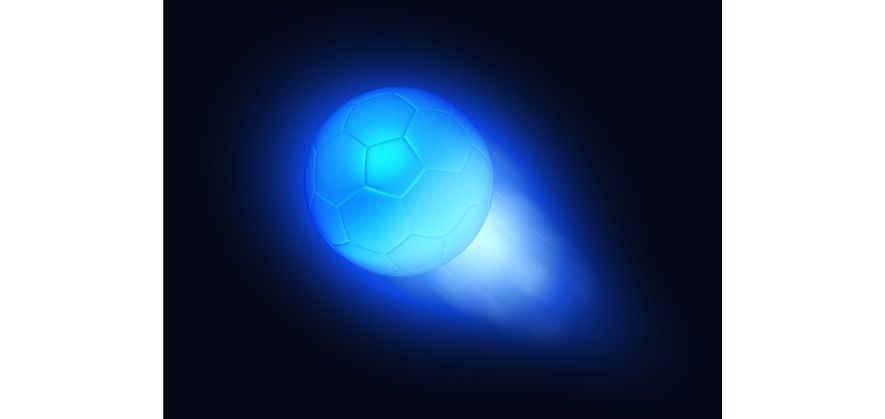
The second reason why soccer balls are shaped as spheres is to do with the resulting aerodynamism and control when these objects are kicked.
In another article I wrote on soccer balls, I mentioned that optimum roundness is a critical factor that determines how smoothly and how predictably the ball will move in the air or bounce on the ground when it’s kicked.
Spherical shapes are great for soccer balls because the athletes using them can predict ball movements in a much easier way.
This is quite handy especially for goalkeepers, as they don’t have to struggle with very awkward ball bounces when shots are hit towards them.
What type of sphere is a soccer ball?
Earlier on in the article I alluded to the fact that a soccer ball has a spherical polyhedron shape.
Well, I’ll go a step further and tell you now that within the aforementioned polyhedron category, a soccer ball is recognised as a truncated icosahedron.
This shape has a total of 32 faces just like the fact that a ball has a sum of 32 pentagonal and hexagonal panels.
Why is a soccer ball round?
A good way to look at this is to picture a soccer ball as another shape.
Imagine for a moment that a soccer ball was shaped like a cube.
Due to the sharp edges present on a cubical shape, a player could easily injure themselves kicking the ball!
Another reason why they take on a round shape is so that outfield players and goalkeepers don’t have to deal with non-uniformities in impact response when it comes to them being hit or bounced around.
Soccer balls having a uniform bounce has a lot to do with making the game easier for participants to play.
If you don’t believe me, try bouncing an American football three times in a row.
It’s a nightmare!
This is largely because this type of pointed ball lacks a stable bounce, making it almost impossible to predict the resulting direction that the object will head towards once it comes into contact with a surface.
Related article : check out why soccer balls float!
Closing thoughts
So, there you have it!
This article has defined the shape of a soccer ball and given solid reasons as to why it’s round in appearance.
Just as a reminder…
Soccer balls are spheres that are comprised of polygons and, in a mathematical sense, their shape can also be described as matching that of a spherical polyhedron.
Now go ahead and buy yourself the best soccer ball available!
If you enjoy the content that I create and would like to buy me a coffee, then I’d really appreciate it!
Any money that I earn through this donation will be re-invested into more content for this website.
Additionally, by sending in a donation you’ll also receive a copy of my recently released 190+ page eBook on Soccer Ball Care, as well as be subscribed to our mailing list where you’ll be regularly informed on the latest developments concerning the Soccer Whizz blog.
- Future Icons: Europe’s Emerging Midfield Maestros Set for Glory - December 4, 2023
- Kickstarting a Revolution: How Soccer Transformed the United States Over the Last Four Years - October 7, 2023
- 4-1-4-1 Soccer Formation [Analysis] - September 23, 2023

